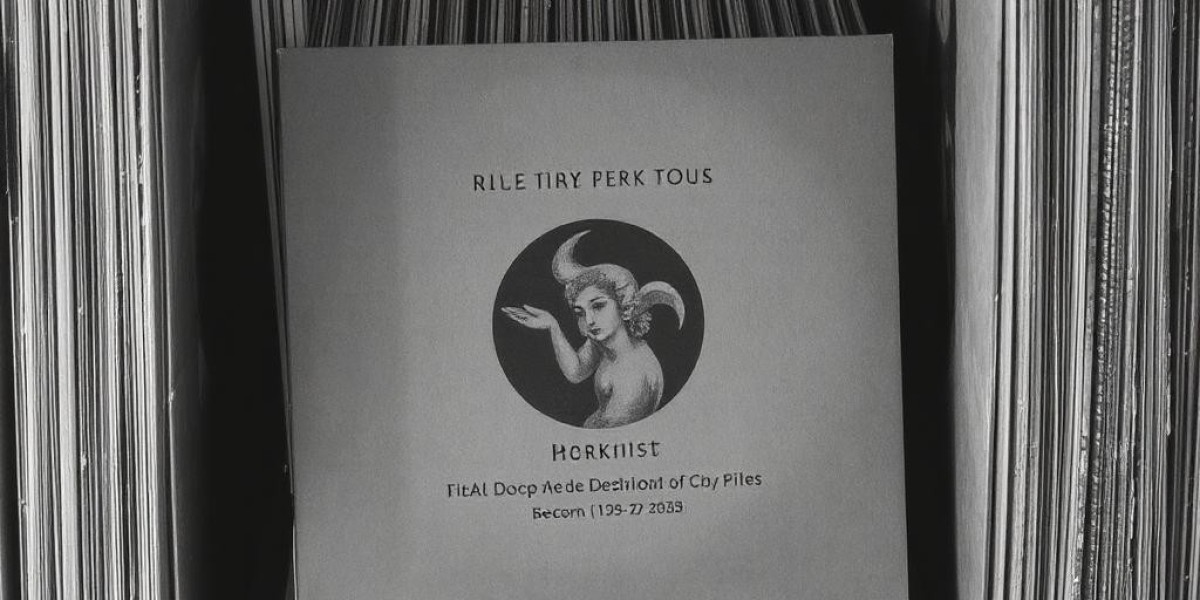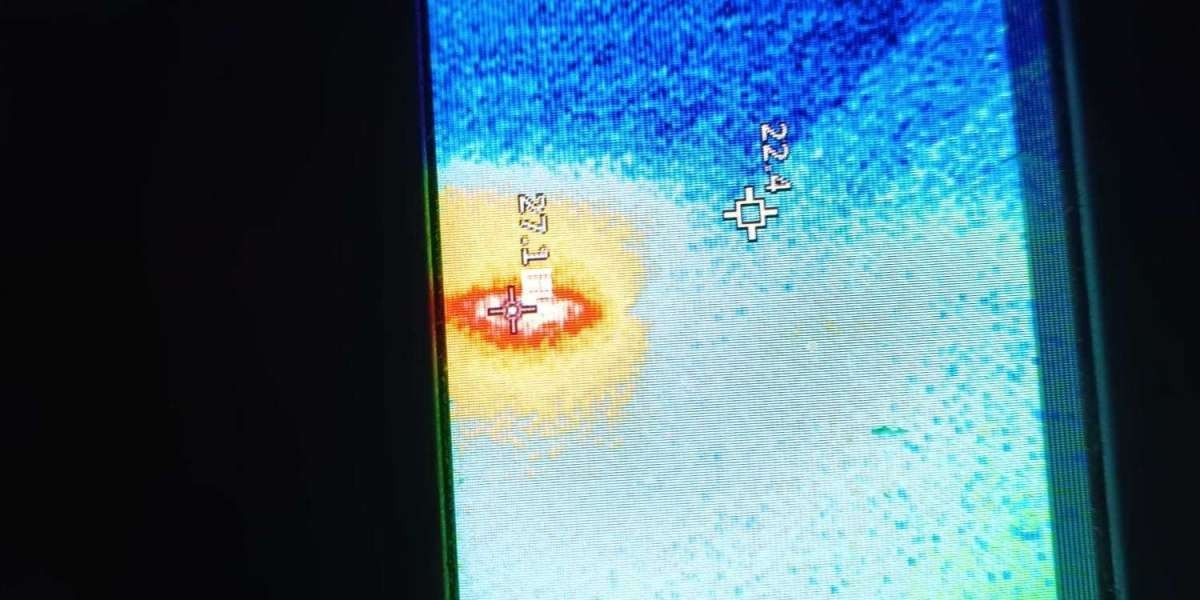For collectors of Hindi vinyl records, finding a first pressing is often the ultimate goal. These original issues carry not just nostalgic value, but also historical significance, superior sound quality, and higher market worth. However, identifying first press Hindi vinyl records online can be a complex task, especially when listings are vague or sellers are unaware of what they have. With Bollywood vinyls seeing renewed interest among enthusiasts globally, being able to recognize a true first pressing can give collectors a significant edge.
Here’s a detailed guide to help you navigate this fascinating pursuit
Understand What a First Pressing Is
A first pressing refers to the very first batch of vinyl records manufactured from the original master recording shortly after the music was released. These are usually issued by the label that originally distributed the soundtrack and are considered the most authentic version of that release. In the Hindi music world, this typically involves labels like HMV (His Master’s Voice), EMI, Polydor, Angel Records, and occasionally Odeon or Columbia for select imports or classical albums.
Check the Label and Logo Design
One of the most reliable ways to identify a first pressing is by looking at the record label’s design on the vinyl itself. Labels change their logos, fonts, and color schemes over time. For instance, HMV records from the 1960s and 1970s usually featured the iconic “dog and gramophone” logo and a specific gold-on-black or red-on-yellow label design. Later reissues from the 1980s onward often have different formatting, simplified fonts, or updated company names like “EMI-HMV.” Comparing the label design with online archives of known first press records can help verify authenticity.
Look for the Catalog Number
The catalog number, usually printed on the spine of the album sleeve, the back cover, and on the vinyl label, is a key indicator. First pressings will often have a unique combination of letters and numbers such as PEALP, ECLP, or PSLP followed by a numeric code. Cross-referencing these numbers with reliable online databases, seller inventories, or discographies can confirm whether the version is a first issue or a later reprint. Be cautious of catalog numbers that have added digits or different prefixes—they often indicate a reissue or alternate market release.
Inspect the Matrix Number
The matrix number is etched into the runout area (the dead wax) near the label on the record itself. It typically matches or closely resembles the catalog number but may also include additional identifiers such as “A” or “B” for side designations. First pressings usually have the matrix number inscribed by hand or machine during the initial manufacturing. Comparing matrix numbers to known originals or documented vinyl archives can be one of the most definitive ways to identify a first press.
Check the Sleeve and Cover Details
Original sleeves often have telltale signs that reissues lack. Look for thick cardboard jackets rather than thin paper covers, which became more common in the 1980s. Pay attention to the print quality, artwork sharpness, and presence of distributor logos or film credits. Some first press sleeves include the original year of release, price codes, or factory codes like “Printed in India by The Eagle Lithographing Co.” These can help date the issue. Also note whether the sleeve opens from the side or the top, as that can vary by pressing era.
Research the Release Year
Matching the release year of the film or album with the vinyl's publishing details is crucial. A soundtrack released in 1973 should ideally be pressed the same year for it to qualify as a first pressing. Sellers sometimes list represses from 1980 or later as “original” due to confusion or misinformation. Always check the fine print on the back cover or label for publishing dates and copyright details.
Use Online Databases and Collector Communities
Websites like Discogs, Rate Your Music, and forums dedicated to Indian vinyl collectors can be invaluable resources. They often include images, pressing data, and user reviews that can help you compare and authenticate a record. Collector Facebook groups and Reddit threads can also provide insights from seasoned vinyl enthusiasts who have already identified first press characteristics of specific albums.
Communicate with Sellers
If a listing lacks enough detail or images, don’t hesitate to contact the seller. Ask for high-resolution photos of the vinyl label, back cover, matrix number, and spine. A trustworthy seller will usually respond with additional information. Avoid buying from sellers who use generic terms like “vintage,” “rare,” or “old” without offering evidence of the pressing’s authenticity.
Beware of Reissues and Bootlegs
With the rise in popularity of Bollywood vinyl records, there’s also an increase in unofficial reissues and bootlegs, especially from overseas markets. These may have similar cover art but lack the depth, warmth, and build of original records. Always check if the record was pressed by a legitimate Indian label from the original era. Reissues often use barcodes or have a “Digitally Remastered” stamp which was never part of the first pressings.
Conclusion
Identifying a first press Hindi vinyl record online requires a blend of research, observation, and experience. It’s part detective work and part musical passion. The satisfaction of adding a true first pressing to your collection—knowing it came from the era it represents—is unmatched.
Classical Vinyl Records Devotional Vinyl Records Dialogue Vinyl Records Dj Remix Vinyl Records English Vinyl Records Film Hits Vinyl Records Ghazals Vinyl Records Instrumental Vinyl Records Non Filmi LP Records Punjabi Vinyl Records Rare Vinyl Records Online Vinyl Shop Online Chardham Hotels in chardham








